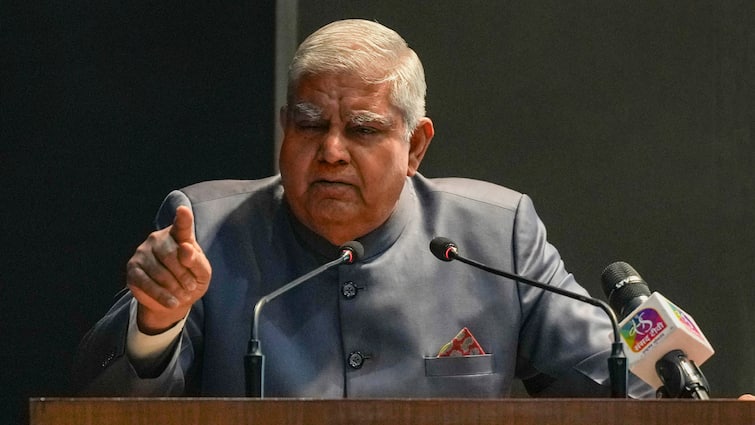- January 4, 2024
Sun Study: India to launch Europe’s Proba-3 set to create artificial eclipse | India News – Times of India

BENGALURU: The European Space Agency’s (ESA) Proba-3 mission is slated to launch aboard India’s PSLV this September. According to ESA, the innovative mission will demonstrate precision formation flying between two satellites to create an artificial eclipse, revealing new views of the Sun’s faint corona.
Proba-3 consists of two small satellites — a Coronagraph spacecraft and a solar-disc-shaped Occulter spacecraft.ESA said that by flying in tight formation about 150 metres apart, the Occulter will precisely cast its shadow onto the Coronagraph’s telescope, blocking the Sun’s direct light. This will allow the Coronagraph to image the faint solar corona in visible, ultraviolet and polarised light for many hours at a time.
“Through exquisite, millimetre-scale, formation flying, the dual satellites making up Proba-3 will accomplish what was previously a space mission impossible: Cast a precisely held shadow from one platform to the other, in the process blocking out the fiery Sun to observe its ghostly surrounding atmosphere on a prolonged basis,” ESA said.
Scientists hope Proba-3’s unique vantage point will provide new insights into the origins of coronal mass ejections (CMEs) — eruptions of solar material that can disrupt satellites and power grids on Earth. The mission will also measure total solar irradiance, tracking changes in the Sun’s energy output that may influence Earth’s climate.
“The miniature satellites recently underwent final integration and were viewed in person by Proba-3’s Science Working Team. Members of the team plan to test flight hardware during April’s total solar eclipse over North America, gaining valuable experience for interpreting Proba-3’s future results,” ESA said.
Following the PSLV’s launch from India and a challenging sequence of orbital manoeuvres, the world will witness Proba-3’s solar observations, which ESA believes, could pioneer new generations of formation-flying space telescopes peering deeper into astronomical mysteries.
Damien Galano, ESA’s Proba-3 project manager, said: “The best way to reduce diffraction is to increase the distance between the occulter and the coronagraph, which is precisely what Proba-3 is going to do. We are flying our Coronagraph and Occulter on separate platforms for the first time, flying 150m apart for up to six hours per orbit, applying an array of positioning technologies to keep them rigidly in place.”
Proba-3 consists of two small satellites — a Coronagraph spacecraft and a solar-disc-shaped Occulter spacecraft.ESA said that by flying in tight formation about 150 metres apart, the Occulter will precisely cast its shadow onto the Coronagraph’s telescope, blocking the Sun’s direct light. This will allow the Coronagraph to image the faint solar corona in visible, ultraviolet and polarised light for many hours at a time.
“Through exquisite, millimetre-scale, formation flying, the dual satellites making up Proba-3 will accomplish what was previously a space mission impossible: Cast a precisely held shadow from one platform to the other, in the process blocking out the fiery Sun to observe its ghostly surrounding atmosphere on a prolonged basis,” ESA said.
Scientists hope Proba-3’s unique vantage point will provide new insights into the origins of coronal mass ejections (CMEs) — eruptions of solar material that can disrupt satellites and power grids on Earth. The mission will also measure total solar irradiance, tracking changes in the Sun’s energy output that may influence Earth’s climate.
“The miniature satellites recently underwent final integration and were viewed in person by Proba-3’s Science Working Team. Members of the team plan to test flight hardware during April’s total solar eclipse over North America, gaining valuable experience for interpreting Proba-3’s future results,” ESA said.
Following the PSLV’s launch from India and a challenging sequence of orbital manoeuvres, the world will witness Proba-3’s solar observations, which ESA believes, could pioneer new generations of formation-flying space telescopes peering deeper into astronomical mysteries.
Damien Galano, ESA’s Proba-3 project manager, said: “The best way to reduce diffraction is to increase the distance between the occulter and the coronagraph, which is precisely what Proba-3 is going to do. We are flying our Coronagraph and Occulter on separate platforms for the first time, flying 150m apart for up to six hours per orbit, applying an array of positioning technologies to keep them rigidly in place.”







